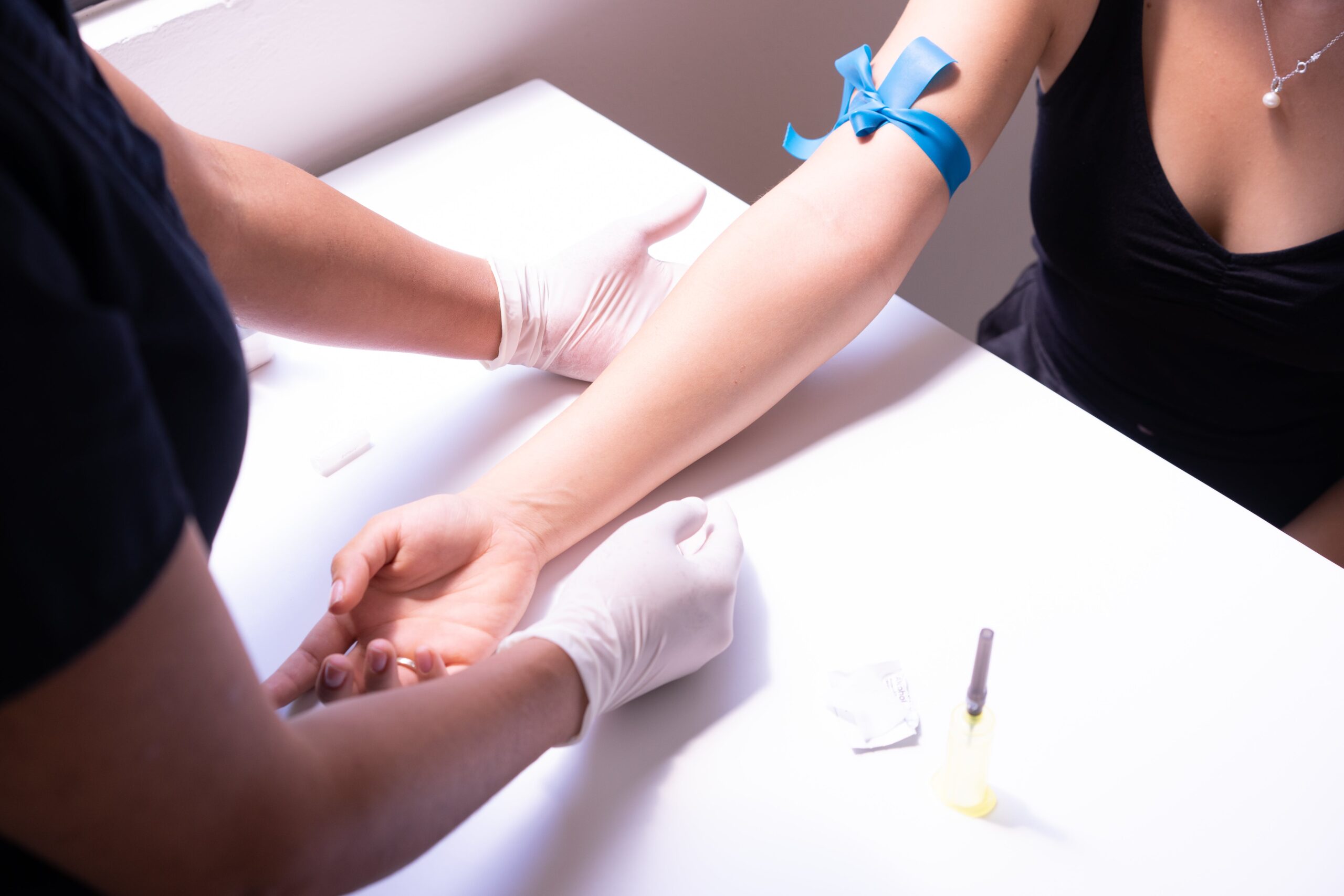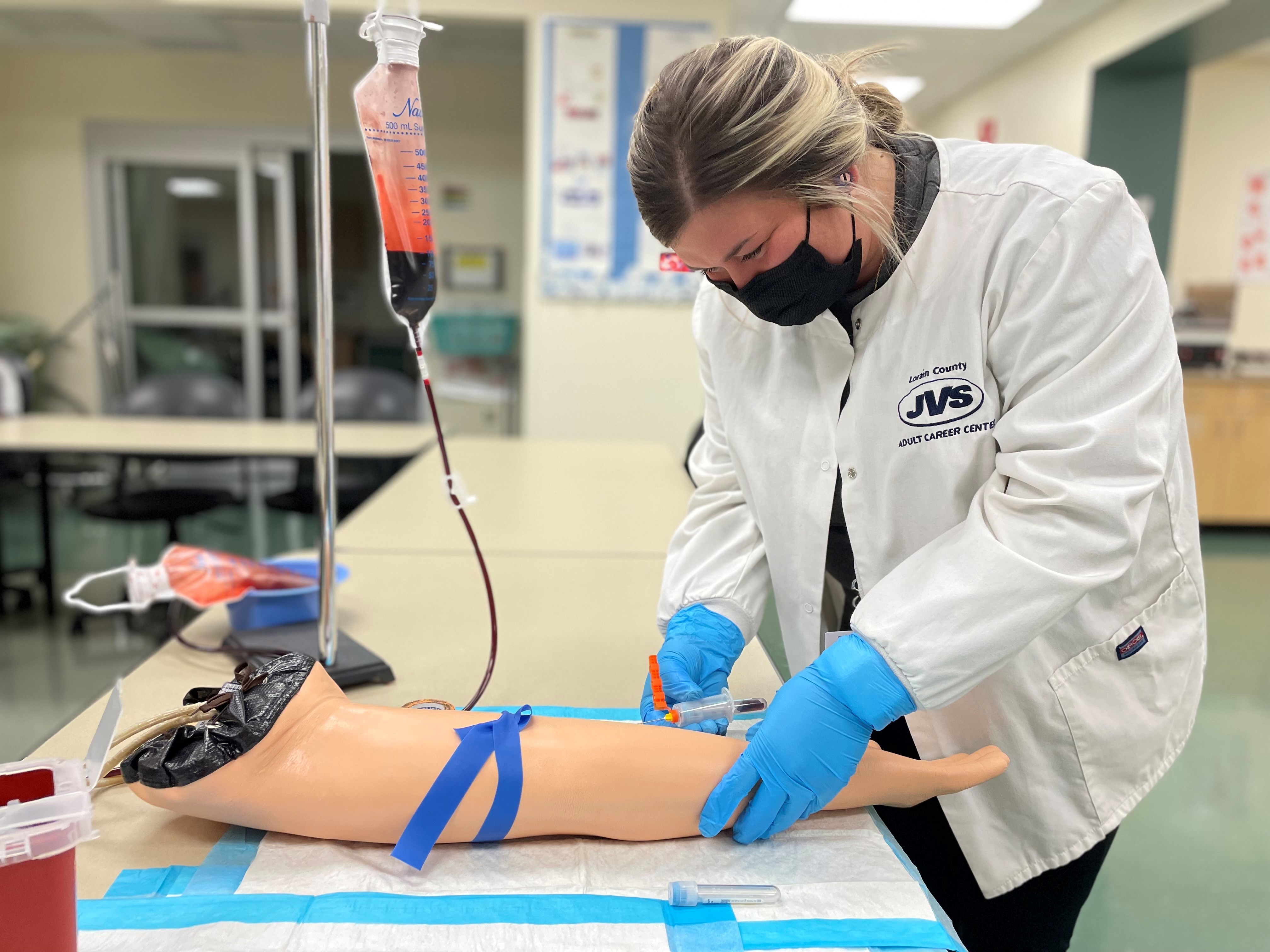Our Northeast Medical Institute - New Haven Campus Phlebotomy Course & Cna Class Diaries
Table of ContentsThe Single Strategy To Use For Northeast Medical Institute - New Haven Campus Phlebotomy Course & Cna ClassThe Basic Principles Of Northeast Medical Institute - New Haven Campus Phlebotomy Course & Cna Class How Northeast Medical Institute - New Haven Campus Phlebotomy Course & Cna Class can Save You Time, Stress, and Money.8 Simple Techniques For Northeast Medical Institute - New Haven Campus Phlebotomy Course & Cna ClassNortheast Medical Institute - New Haven Campus Phlebotomy Course & Cna Class Things To Know Before You Get ThisThe Ultimate Guide To Northeast Medical Institute - New Haven Campus Phlebotomy Course & Cna Class
The use of such tools should be accompanied by other infection prevention and control methods, and training in their usage.For settings with low resources, cost is a driving consider procurement of safety-engineered tools - PCT Training. Where safety-engineered devices are not offered, experienced use a needle and syringe is appropriate. Unintended exposure and particular details concerning an occurrence must be tape-recorded in a register. Assistance services need to be advertised for those who undergo accidental exposure.
One of the essential pens of top quality of care in phlebotomy is the participation and participation of the person; this is equally advantageous to both the health and wellness employee and the person. Clear details either created or spoken ought to be offered to each patient that undergoes phlebotomy. Annex F gives example text for describing the blood-sampling procedure to a person. labelling); transport problems; interpretation of outcomes for medical monitoring. In an outpatient department or clinic, give a devoted phlebotomy cubicle containing: a clean surface area with two chairs (one for the phlebotomist and the various other for the person); a hand laundry container with soap, running water and paper towels; alcohol hand rub. In the blood-sampling space for an outpatient division or center, offer a comfortable reclining sofa with an arm rest.
Unknown Facts About Northeast Medical Institute - New Haven Campus Phlebotomy Course & Cna Class
Guarantee that the indicators for blood sampling are clearly specified, either in a written procedure or in documented instructions (e.g. in a lab type). In any way times, adhere to the techniques for infection avoidance and control noted in Table 2.2. Infection avoidance and control techniques. Accumulate all the equipment required for the treatment and place it within secure and simple reach on a tray or trolley, guaranteeing that all the products are plainly noticeable.
Where the client is adult and conscious, adhere to the actions detailed below. Introduce yourself to the client, and ask the patient to specify their complete name. Examine that the lab kind matches the person's identification (i.e. match the person's details with the lab form, to make sure precise identification). Ask whether the patent has allergic reactions, fears or has ever before passed out during previous shots or blood attracts.
Make the client comfortable in a supine setting (ideally). Location a tidy paper or towel under the individual's arm. Review the test to be carried out (see Annex F) and acquire spoken permission. The patient has a right to decline a test any time before the blood tasting, so it is important to make sure that the patient has actually understood the procedure.
Not known Details About Northeast Medical Institute - New Haven Campus Phlebotomy Course & Cna Class
Expand the individual's arm and examine the antecubital fossa or forearm. Find a vein of an excellent size that shows up, straight and clear. The representation in Area 2.3, reveals usual positions of the vessels, but several variants are feasible. The typical cubital blood vessel lies in between muscular tissues and is usually the most simple to penetrate.
DO NOT put the needle where capillaries are diverting, because this increases the possibility of a haematoma. Situating the blood vessel will certainly help in establishing the appropriate dimension of needle.
Specimens from main lines lug a danger of contamination or wrong lab examination results. It is appropriate, but not suitable, to draw blood samplings when very first presenting an in-dwelling venous gadget, before attaching the cannula to the intravenous liquids.
The 9-Second Trick For Northeast Medical Institute - New Haven Campus Phlebotomy Course & Cna Class
Failure to enable adequate call time enhances the danger of contamination. DO NOT touch the cleaned up site; in specific, DO NOT place a finger over the vein to direct the shaft of the exposed needle.
Ask the client to form a clenched fist so the blood vessels are more prominent. Go into the vein swiftly at a 30 level angle or much less, and remain to introduce the needle along the capillary at the simplest angle of access - CNA Training. When enough blood has actually been accumulated, launch the tourniquet BEFORE taking out the needle
The Main Principles Of Northeast Medical Institute - New Haven Campus Phlebotomy Course & Cna Class
Withdraw the needle delicately and use gentle pressure to the website with a clean gauze or completely dry cotton-wool ball. Ask the individual to hold the gauze or cotton woollen in position, with the arm prolonged and increased. Ask the client NOT to bend the arm, because doing so creates a haematoma.

Rumored Buzz on Northeast Medical Institute - New Haven Campus Phlebotomy Course & Cna Class
Do not push the syringe bettor because extra pressure enhances the danger of haemolysis. Where possible, keep the tubes in a shelf and relocate the shelf towards you. Inject downwards into the proper coloured stopper. DO NOT get rid of the stopper because it will launch the vacuum cleaner. If the sample tube does not have a rubber stopper, infuse extremely slowly right into television as decreasing the pressure and velocity used to transfer the specimen lowers the threat of haemolysis.
